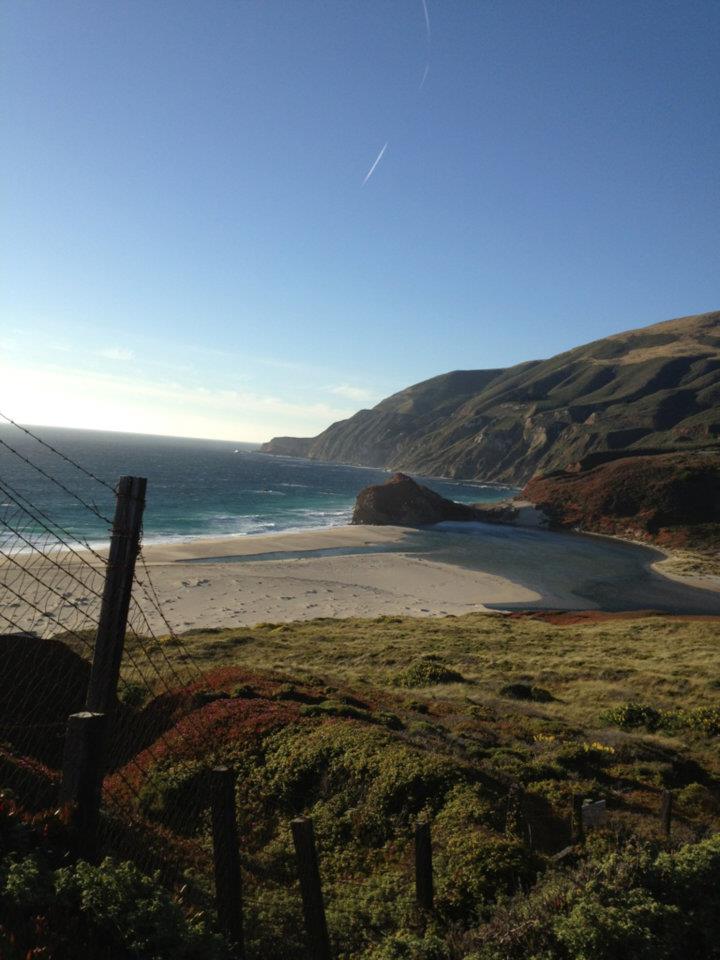Here is an example of using historical data to teach to the Common Core Skills.
This excerpt is from Garrison Keillor’s The Writer’s Almanac for May 14, 2013. Numbers will appear beside every curricular juncture indicating a classroom infusion activity. All number are listed at the bottom of the excerpt.
It was on this day in 1804 that Lewis and Clark departed on their journey. Even though this was the official start date of the trip, it had taken years of preparation. (1)
Thomas Jefferson had been trying to send explorers to the American West for years. Back in 1785, when he was the Ambassador to France, Jefferson met a man named Ledyard. (2) who had been born in Connecticut, wandered all over the East Coast, sailed with Captain Cook in the South Pacific, and ended up in Paris. Jefferson wanted to send Ledyard to explore out West, and they worked out an intricate plan for him to get to the West Coast via Russia. But the trip was a disaster — Ledyard walked 1,200 miles through Scandinavia and the Artic Circle, and managed to travel through most of Russia before an angry Catherine the Great had him captured and deported, so he took off for Africa, where he soon died. A few years later, in 1793, Jefferson was secretary of state, and he decided to try again. He organized an expedition under the charge of a French botanist and explorer named André Michaux, who wanted to travel from the Missouri River all the way to the Pacific. Eighteen-year-old Meriwether Lewis asked Thomas Jefferson to let him join Michaux’s expedition, but Jefferson said no. (3, 4) Unfortunately, the new French Minister to America, Edmond-Charles Genet, was scheming to increase hostilities between America and Spain, and Michaux ended up involved in the plot, and the expedition fell apart.
The third time around, Jefferson planned even more carefully. (5) He had now known Meriwether Lewis for years, and Lewis was his trusted private secretary, so Jefferson suggested that Lewis lead the trip. In January of 1803, Jefferson sent a secret letter to Congress to ask if they would fund an expedition — at a cost of $2,500. (6) They agreed, and Jefferson sent Lewis to learn the skills he would need from the best teachers — he studied surveying and mapmaking, botany, mathematics, anatomy, fossils, and medicine, each with an esteemed scholar. For his co-leader, Lewis chose William Clark, his former commanding officer in the army.
Lewis and Clark spent the winter before they departed near St. Louis at Camp Dubois, on the Mississippi River. (7) They gathered supplies, recruited more people, and in the final days, packed the boats. They had a long supply list, which included 25 hatchets, 10.5 pounds of fishing hooks and fishing lines, 12 pounds of soap, three bushels of salt, 45 flannel shirts, 15 pairs of wool overalls, 176 pounds of gunpowder, 130 rolls of tobacco and 4,600 sewing needles (the tobacco and needles were gifts for Native people they would encounter), a microscope, a telescope, two sextants, 15 .54-caliber rifles, and 50 dozen Dr. Rush’s patented “Rush’s Thunderclapper” pills — a laxative whose two main ingredients were mercury and jalapeños. (8, 9, 10) They fit all this and much more into three boats: one was a 55-foot Keelboat, a riverboat (11) that could be sailed, rowed, or poled; and two were pirogues, smaller flat-bottomed boats that were similar to big canoes, one painted red and one white.
Activities:
1.) Freewrite: Students freewrite on “A Time When You Made a Plan and Pursued It”
2.) Sequence of Events-Begin a timeline for the dates leading up to the exhibition.
3.) Historical Research/Biography
4.) Writing from a style guide (writing numbers in a sentence)
5.) Freewrite, Citing historical evidence: Students freewrite on “Mistakes are part of every effective plan”
6.) Short research: Research what $2500 would buy in today’s currency. What would an exhibition of this magnitude cost today?
7.) Geography: Plot locations on a map/Google Earth
8.) Technology: organizing items effectively in a list/Excel.
9.) Reading for Context Clues/Analyzing/Critical Thinking: Analyze the supply list. Determine the reasoning for the type and number of amounts included. For example: Why was there more gunpowder packed than food items? Why were tobacco and needles packed? Why were they considered gifts?
10.) Reading for Context Clues/Predicting/Research: What were “Rush’s Thunderclapper” pills? Why were mercury and jalapenos used in them? Would either ingredient be used today? What other home remedies were popular during the 1800’s?
11.) Short Research: Search for more information on Riverboats? Why were they used by Lewis and Clark? Are they still in use today?
What other activities would you include?





